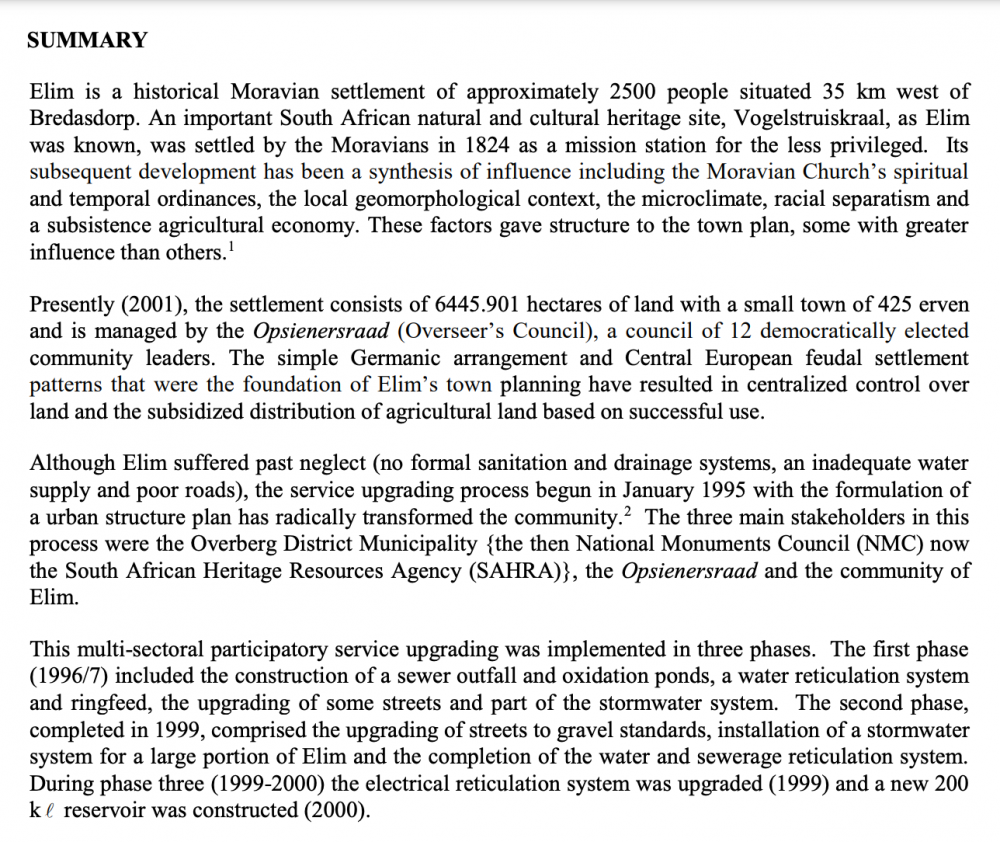Abstract
In March 2003, CUDS offered a lecture presented by Yves Cabannes, the Regional Coordinator for Latin America and the Caribbean, as part of the Urban Management Program for Latin America and the Caribbean from UN-Habitat.
The lecture covers past and current planning of spatial dimensions in Latin American cities and highlights the importance of spatial factors in social integration. It also touches on the significance of citizen participation and of partnerships among civil society, governments, and private sectors.
Presentation topics include: Land use plans in the 90s; (Mono) sector approaches to planning; Strategic City Planning (Barcelona); Influence of UN and Global Agenda in the 90s; and Participatory Action Planning with spatial dimension. The presentation addresses principles behind the term social inclusion, as “a multidimensional problem: territorial (physical), legal, social, cultural, economic and racial. It is a much more broader concept than poverty.” The presentation detailed four examples of urban upgrading projects that sought to solve issues of social exclusion and housing shortages in Ecuador, Mexico, Brazil, and Argentina.
Excerpt
[Excerpt: Presentation, Experiences 1-5, lessons in social inclusion from urban development projects in Latin American cities]
“Lessons from some experiences addressing at the same time the global development of the city, the inclusion of the poor communities in the perspective of building democratic, productive and inclusive cities.”
Experience 1: Comunidades, Fortaleza Metropolitan Region, Brazil.
Experience 2: Neighborhood Improvement Participatory Action Planning (City Consultation) in Mesa Los Hornos, Mexico City, Mexico, (1998-2000).
Experience 3: Mapping the social exclusion at city level: Exclusion and Inclusion Map of Santo André, Brazil.
Experience 4: The Spatial dimension of Social inclusion: Integrated Program for Social Inclusion, Santo André, Brazil.
Experience 5: Optimization of Vacant Land in Rosario, Argentina.
___
| Project Year: | 2003 |
| Project Type: | Public Lecture |
| Geographic Regions: | Fortaleza and Santo André, Brazil / Rosario, Argentina / Mexico City, Mexico / Quito, Ecuador |
| Reports: | |
| Authors: | Yves Cabannes |
| Sponsors: | Center for Urban Development Studies, Harvard University Graduate School of Design |
| Categories: | Reconciliation and Development, Urban Planning |
| ID: | 2003_03_001 |
Related I2UD Projects
Related I2UD Photograph Galleries




